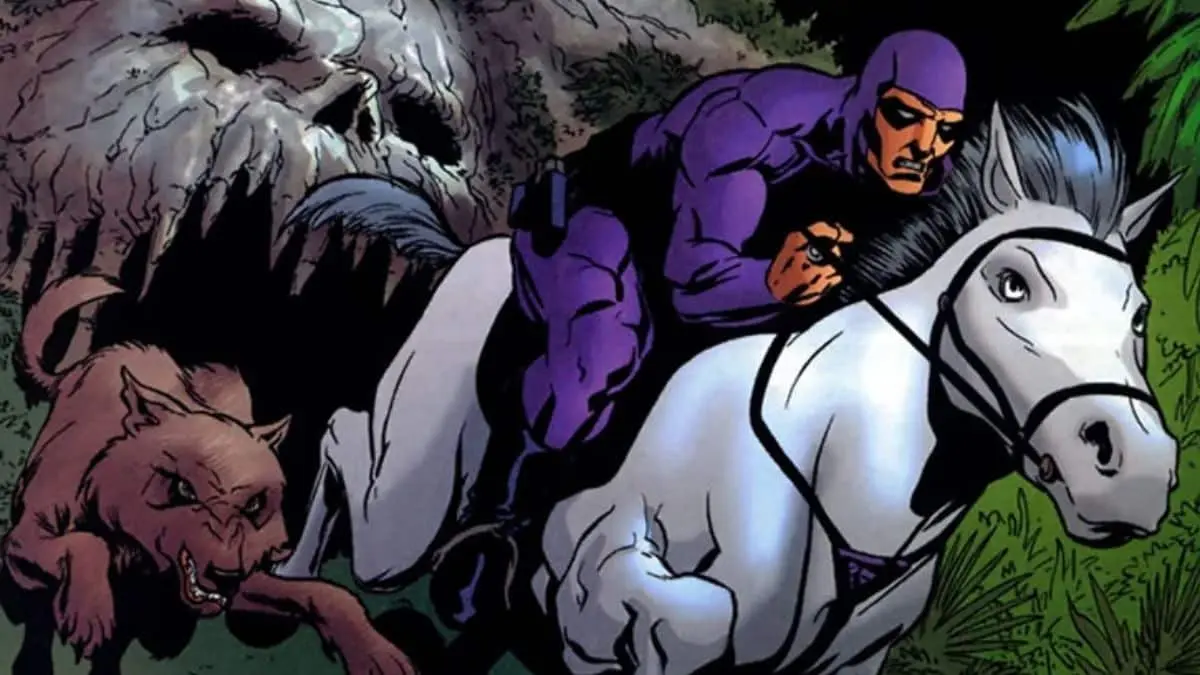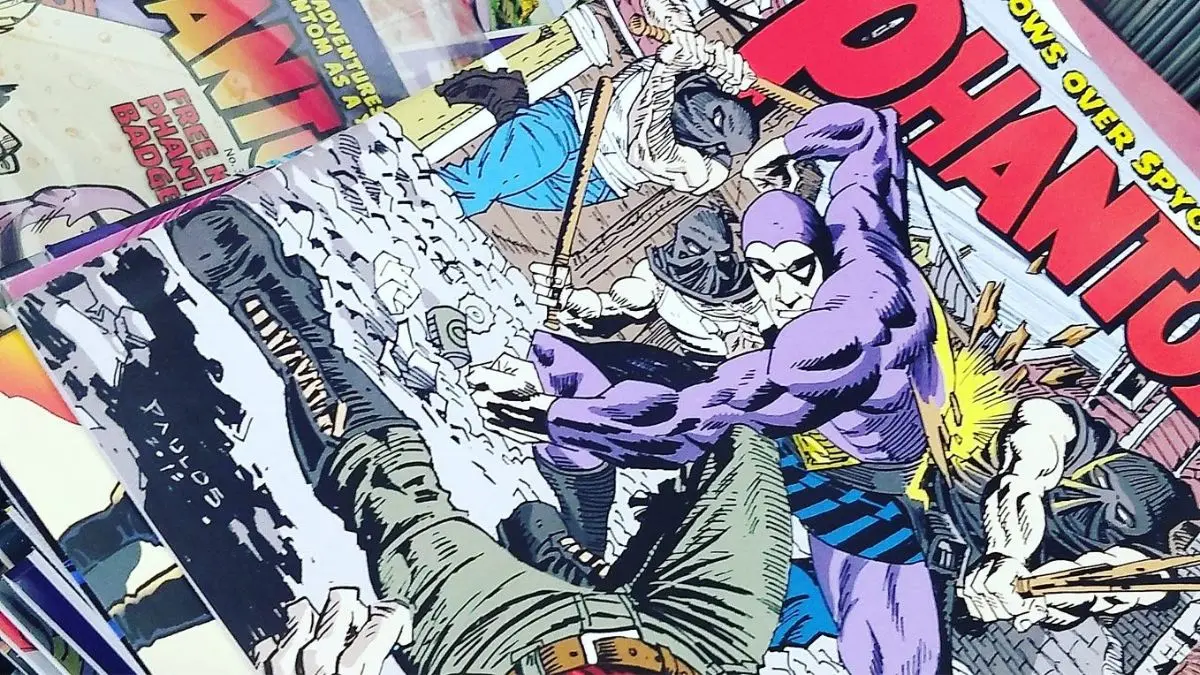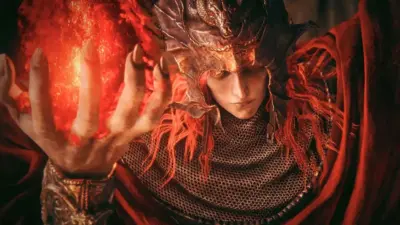The Phantom, known as the “Ghost Who Walks,” is one of the earliest and most enduring heroes in the realm of comic strips and books. Created by Lee Falk, this masked vigilante made his debut on February 17, 1936, and has since become an iconic figure in the world of comics. This article delves into the rich history of The Phantom comics, tracing its origins, evolution, and significant collaborations over the years.
History of The Phantom Comic
Origins of The Phantom
The Phantom was created by Lee Falk, who was also the creator of Mandrake the Magician. Falk envisioned a hero who embodied the qualities of a traditional swashbuckler and a modern-day vigilante. Set in the fictional African country of Bangalla, The Phantom is a legacy hero, with the mantle being passed down from father to son for over 400 years. This continuity gave rise to the legend that The Phantom is immortal, a notion that strikes fear into the hearts of criminals.
The first Phantom story appeared as a daily newspaper strip on February 17, 1936, with the first Sunday strip published on May 28, 1939. The character quickly gained popularity, leading to its syndication in newspapers worldwide. The combination of mystery, adventure, and the exotic setting captivated readers, establishing The Phantom as a staple in the comic strip format.
Changes Over Time
As with any long-running series, The Phantom underwent numerous changes and adaptations to keep up with evolving tastes and cultural shifts. In the early years, the comic strip adhered to a straightforward, action-adventure formula. However, as time progressed, the narrative and artistic styles adapted to reflect contemporary issues and artistic trends.
Artistic Evolution: The initial artwork by Ray Moore set the tone with a moody, shadowy style that suited the mysterious nature of The Phantom. After Moore, artists like Wilson McCoy, Sy Barry, and others brought their unique touches to the character. Barry, who drew the strip from 1961 to 1994, is particularly noted for modernizing the look of The Phantom, making it more dynamic and visually appealing.
Storyline Progression: Initially, The Phantom’s adventures were largely episodic, focusing on thwarting pirates, smugglers, and other villains. However, as the series matured, the stories began to explore deeper themes such as environmental conservation, social justice, and even political intrigue. The lore of The Phantom also expanded, delving into the history of the previous Phantoms and their adventures.

Collaborations and Global Influence
The Phantom’s popularity led to various collaborations and adaptations across different media and international markets.
Comic Books and Graphic Novels: Beyond newspaper strips, The Phantom found a home in comic books and graphic novels. Publishers like Gold Key Comics, DC Comics, Marvel Comics, and Dynamite Entertainment have all produced Phantom stories, each adding their spin to the character while maintaining the core essence of the Ghost Who Walks.
International Versions: The Phantom’s appeal transcended borders, leading to localized versions in countries like Australia, India, and Sweden. In Sweden, for example, The Phantom (known as Fantomen) became a cultural phenomenon, with Egmont Publishing producing new, original stories that sometimes differed significantly from the American strips.
Television and Film: The Phantom’s adventures have also been adapted into television series and films. The 1943 Columbia serial “The Phantom” was one of the earliest adaptations. More recently, the 1996 film starring Billy Zane brought the character to the big screen, and in 2009, a mini-series aired on the Syfy channel.
Legacy and Modern-Day Phantom
The Phantom’s legacy is evident in its continued publication and the character’s influence on the superhero genre. The concept of a legacy hero and the use of a secret identity to fight crime have become staples in superhero storytelling, seen in characters like Batman and Black Panther.
Today, The Phantom continues to be published in various formats. King Features Syndicate still runs the daily and Sunday strips, and new comic book series are periodically released by different publishers. The character’s enduring appeal lies in its timeless themes of justice, bravery, and the battle against evil.
Also Read: Why Spider-Man is so Popular?



